 In the culture of the American southwest, it could be said that Joshua Trees enjoy something akin to celebrity status. The deserts of California are filled with them. Their image now adorns t-shirts, stickers, and signs. There are roads named Joshua Tree. There is a town named Joshua Tree. There is, of course, even a National Park named Joshua Tree.
In the culture of the American southwest, it could be said that Joshua Trees enjoy something akin to celebrity status. The deserts of California are filled with them. Their image now adorns t-shirts, stickers, and signs. There are roads named Joshua Tree. There is a town named Joshua Tree. There is, of course, even a National Park named Joshua Tree.
They have even found their way into popular music; one of the biggest bands in the world, U2, celebrating this year the 30th Anniversary of their album titled… wait for it… The Joshua Tree! All of this is interesting and worth discussing, at least to us, but…
IF Joshua Trees could talk, and IF they were asked what they thought of their surge in popularity – their answer would probably reveal a much different perspective.
Some Joshua Trees can live for hundreds of years. Because we, as humans, seem to have a difficult time grasping history that we did not write ourselves, it should come as no surprise that we also have a difficult time grasping how much change Joshua Trees have seen over the course of their long, long lives. Seen in this light, our adoration for them is a relatively recent development. They have seen species come. They have seen species go. They have seen their own species threatened, recovered, then threatened again. But if the words of a growing chorus of scientists are to be believed, their biggest change may be ahead of them.
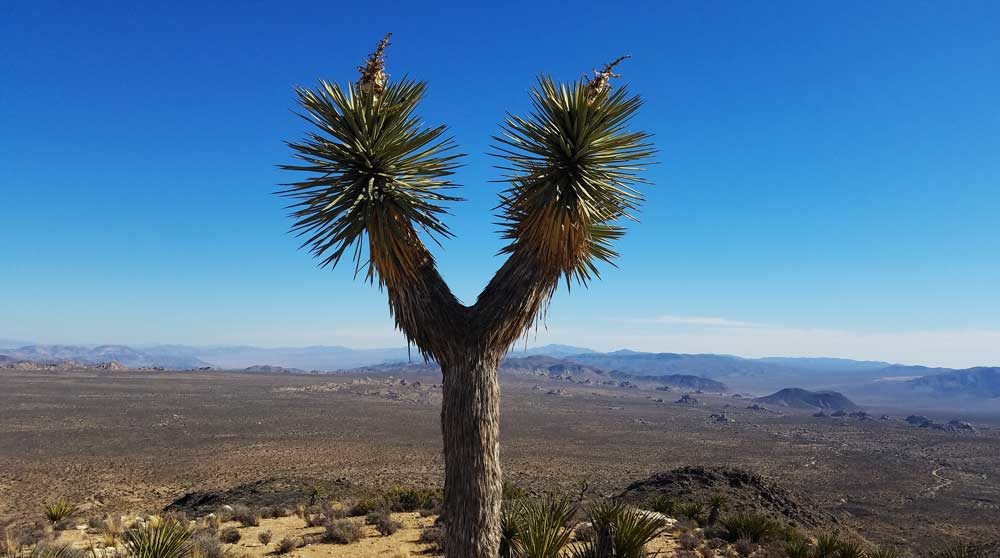 Taylor Jones, an endangered species advocate for WildEarth Guardians, a western conservation group speaks the language of Joshua Trees better than most. Jones offered answers, at least as many as she could provide, in an October 2016 interview with Resistance Radio, a long-running podcast hosted by author and activist Derrick Jensen.
Taylor Jones, an endangered species advocate for WildEarth Guardians, a western conservation group speaks the language of Joshua Trees better than most. Jones offered answers, at least as many as she could provide, in an October 2016 interview with Resistance Radio, a long-running podcast hosted by author and activist Derrick Jensen.
Jones advocates on behalf of endangered species that cannot advocate for themselves. Sometimes this activism  supports species that are already recognized as endangered. Other times, it aims to provide protection for those species that lack it. Joshua Trees, sadly, may soon need more people like her on their side. According to Jones, they should be protected: Their desert paradise is about to start shrinking, and when all is said and done, the results may be so severe that Joshua Tree National Park will be devoid of Yucca brevifolia completely.
supports species that are already recognized as endangered. Other times, it aims to provide protection for those species that lack it. Joshua Trees, sadly, may soon need more people like her on their side. According to Jones, they should be protected: Their desert paradise is about to start shrinking, and when all is said and done, the results may be so severe that Joshua Tree National Park will be devoid of Yucca brevifolia completely.
What is the plight facing the Joshua Tree? Why might they begin to vanish from the landscape unless radical steps are taken to prevent it? The predicament of the Joshua Tree can basically be explained in three different parts: Past, present, and future.
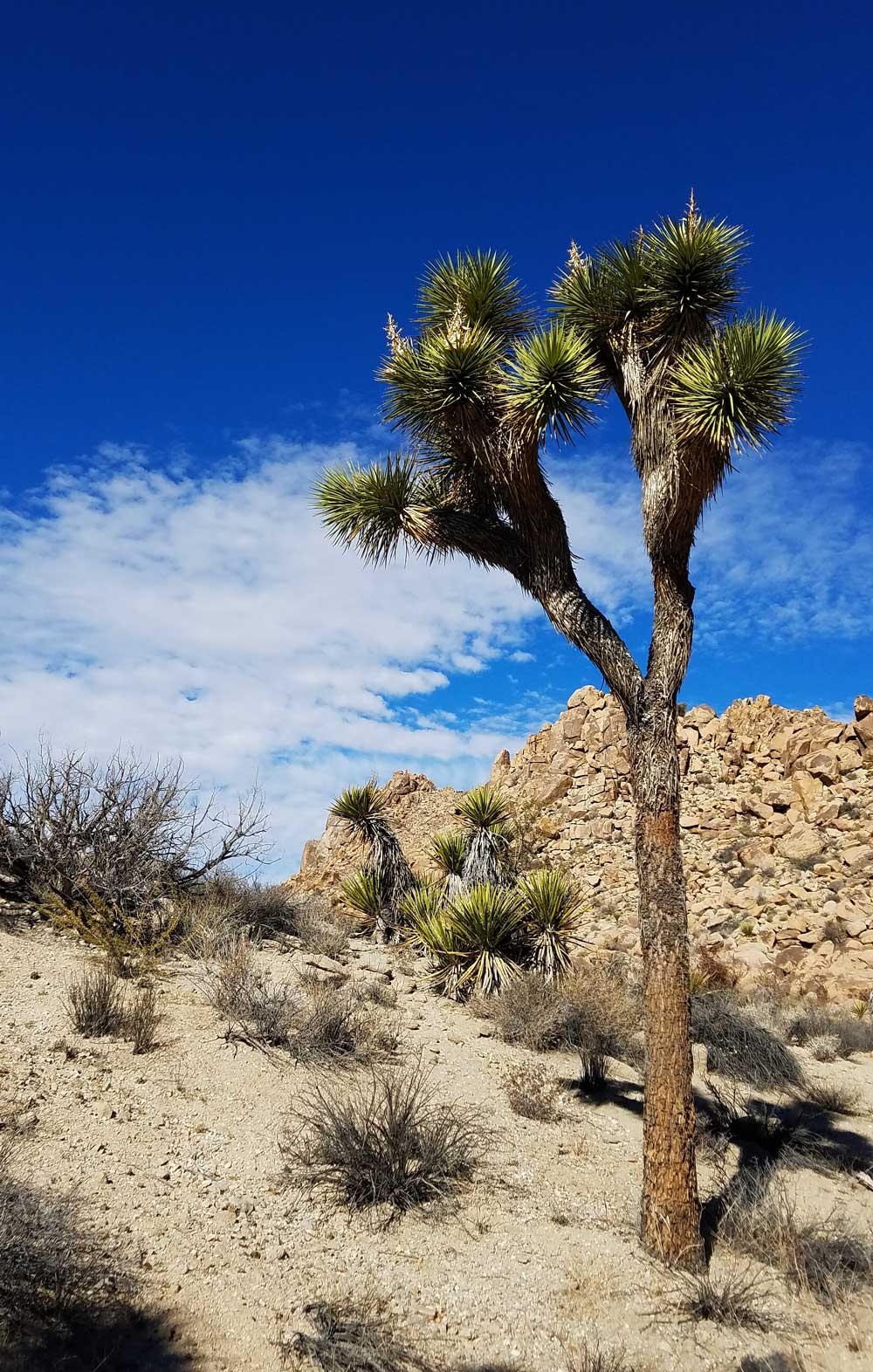
Past
To examine the first of those three, I already alluded to the fact that Joshua Trees have been through hard times before; and there is evidence to suggest that they have. The extinction of 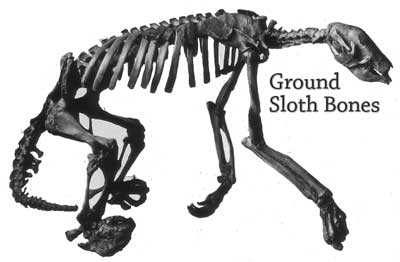 a species of ground sloth may have proved difficult for them to adjust to, as the ground sloths seemed to have fed upon their seeds and offered a method of dispersal that no modern equivalent exists for. This was obviously not enough to lead to their disappearance, but it highlights what was true both then and now: Joshua Trees are a fragile species in the sense that many, many, many environmental conditions must be aligned in order for them to survive.
a species of ground sloth may have proved difficult for them to adjust to, as the ground sloths seemed to have fed upon their seeds and offered a method of dispersal that no modern equivalent exists for. This was obviously not enough to lead to their disappearance, but it highlights what was true both then and now: Joshua Trees are a fragile species in the sense that many, many, many environmental conditions must be aligned in order for them to survive.
Present
To examine the second part of the Joshua Tree predicament, the present, their fragility must be discussed further. Having evolved to live in a very specific niche, their greatest ability – to adapt and specialize – has also become their greatest liability. Mother Nature is obviously not a static entity, and although Joshua Trees are capable of adjusting to small changes in the environment around them, they can only accomplish so much, so fast. They are, simply put, much more patient to progress than the industrial civilization threatening to undermine their existence. (The same industrial civilization that is predicted to grow from 56 million individuals (in the present) to 94 million individuals (by 2050) in the American southwest they call home.)

This is it…where the Joshua Trees grow.
A quick look at Joshua Tree biological development reveals why they are so vulnerable: A single Joshua Tree ‘generation’ lasts 70 years or more; they only grow a few inches a year; 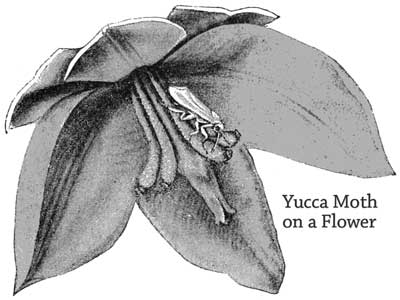 their geographic range only expands and contracts by about six feet a year (because their seeds are delicate and do not often survive traditional seed dispersal involving the gut of another animal); each sub-species of tree relies on a unique sub-species of yucca moth for pollination; and on and on. If even one aspect of their biological development were to be disturbed, the entire species could be forced to grapple with the kind of ‘doomsday scenario’ outlined above.
their geographic range only expands and contracts by about six feet a year (because their seeds are delicate and do not often survive traditional seed dispersal involving the gut of another animal); each sub-species of tree relies on a unique sub-species of yucca moth for pollination; and on and on. If even one aspect of their biological development were to be disturbed, the entire species could be forced to grapple with the kind of ‘doomsday scenario’ outlined above.
Future
The third and final part of the Joshua Tree predicament – the future – is the elephant in the room. Sidestepping the controversies surrounding it, Jones – in her interview with Resistance Radio – points to climate disruption as the most serious threat to Joshua Tree survival long-term. Because habitable zones for all sorts of species are now beginning to change, those species must change with them; or face the not-so-appealing alternative of extirpation or extinction. In some cases, though, the change required is so immense (and so immediate) that it simply isn’t realistic to think that those species have the means to meet it.
For Joshua Trees, the most optimistic climate models have their range moving by about 80 feet per year… to adapt to a habitable zone moving at about 3000 feet per year. Suddenly, a ‘Joshua-Tree-less’ Joshua Tree National Park seems all too easy to envision. This is the crux of the argument Jones and Wild Earth Guardians used in the lawsuit they filed against the US Fish and Wildlife Service; the goal being to list Joshua Trees as a legally threatened species. As of this writing the jump to protected status is not official, but Jones remains optimistic that the coming years will be kind to Joshua Trees and their plight.
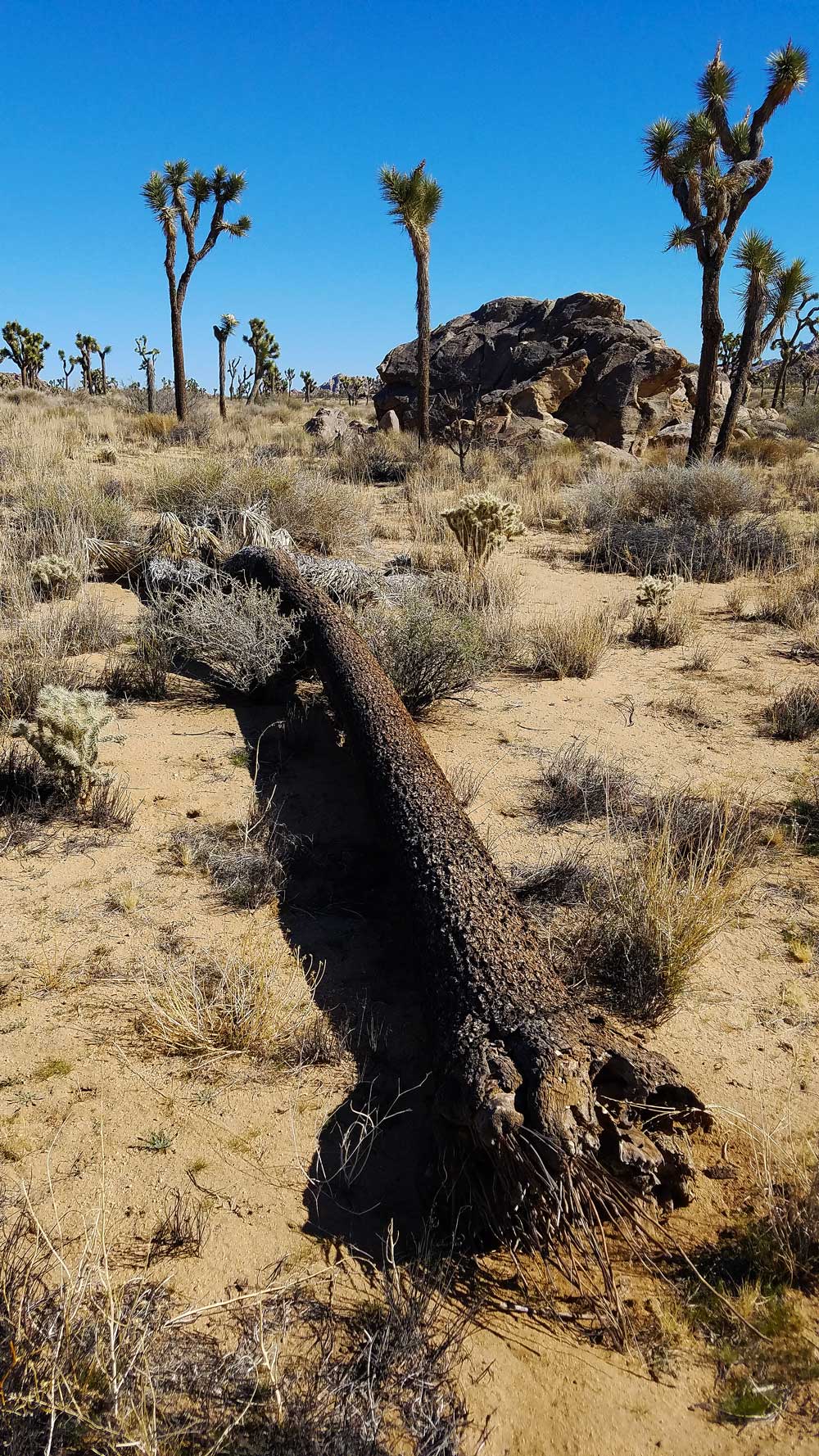
Dead Tree
Wrap It Up Nick
With all that said (and I just said a lot!): Let’s be real, here. Why all the hullabaloo about Joshua Trees? Sure, they’re unique; sure, they’re culturally significant… but would the world really be worse off without them? Are they worth the time and the effort to save, in a world filled with wonders like lions and tigers and polar bears and giant redwoods? Mother Nature herself would never need to question their value, because to do so would probably seem pointless to her: They exist, and so they have value. That is all the reason she needs to believe they are worth loving, protecting, and saving. But for us humans, well, sometimes we need a bit more convincing. How do we go about converting the skeptics?
Science can be a bit of a double-edged sword – simultaneously broadening our perspective, and narrowing it – but here it can at least offer more evidence as to why Joshua Trees should be loved, should be protected, and should be saved. They serve as habitat – homes – for birds, lizards, insects, and mammals. They provide food for animals living on them, as well as around them. They provide shade, perhaps the most critical of all desert resources, where so many other plants do not. And, yes, they’re icons of those deserts they inhabit – deserts that would be fundamentally transformed in their absence.
Find your beloved, and defend them.
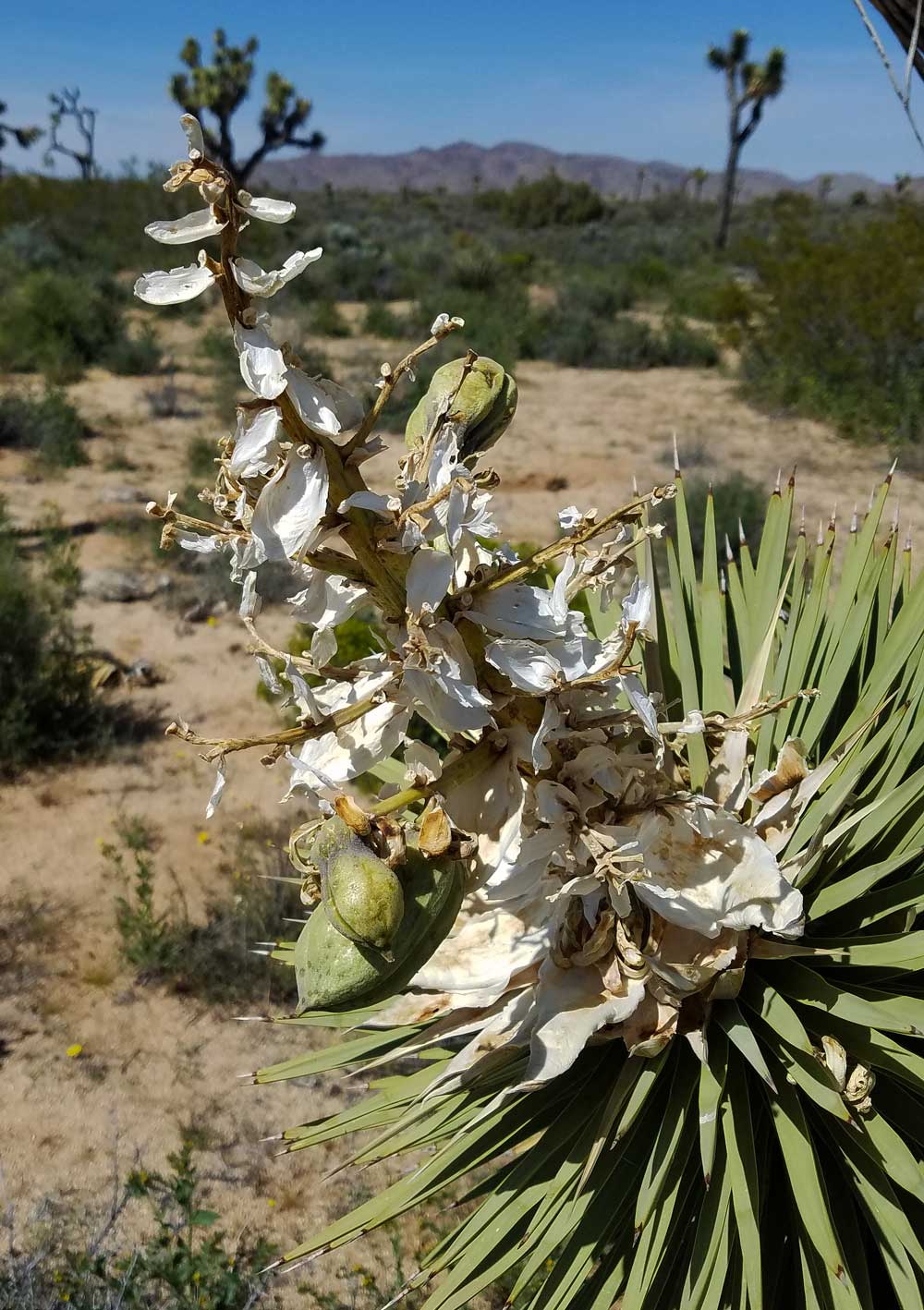
Derrick Jensen has spread that message a lot over the years, and it’s probably why he started his radio show, Resistance Radio on PRN. It’s probably why Jones agreed to appear on his show as well; because she found her own beloved and decided to defend them. Every time I listen to someone like Jones, I realize more and more that we all have our own beloved to defend, even if we haven’t discovered them yet, and that gives me hope.
Of course I want to help lions and tigers and polar bears and giant redwoods – but I also need to understand, as we all do, that there are incredible forms of life right in my own neighborhood that need my help as well. And, who’s going to help them? Me, or someone living half a world away? Right now, Southern California is my home. I share it with Joshua Trees.
For as long as I am here, they will be my beloved. Where do you live? Have you found your beloved yet?
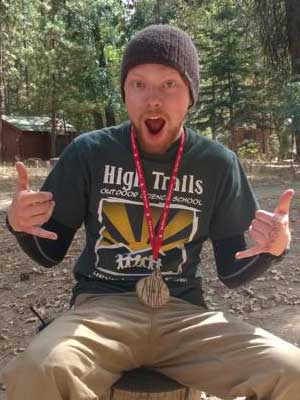 At High Trails Outdoor Science School, we literally force our instructors to write about elementary outdoor education, teaching outside, learning outside, our dirty classroom (the forest…gosh), environmental science, outdoor science, and all other tree hugging student and kid loving things that keep us engaged, passionate, driven, loving our job, digging our life, and spreading the word to anyone whose attention we can hold for long enough to actually make it through reading this entire sentence. Whew…. www.dirtyclassroom.com
At High Trails Outdoor Science School, we literally force our instructors to write about elementary outdoor education, teaching outside, learning outside, our dirty classroom (the forest…gosh), environmental science, outdoor science, and all other tree hugging student and kid loving things that keep us engaged, passionate, driven, loving our job, digging our life, and spreading the word to anyone whose attention we can hold for long enough to actually make it through reading this entire sentence. Whew…. www.dirtyclassroom.com

Comments are closed.